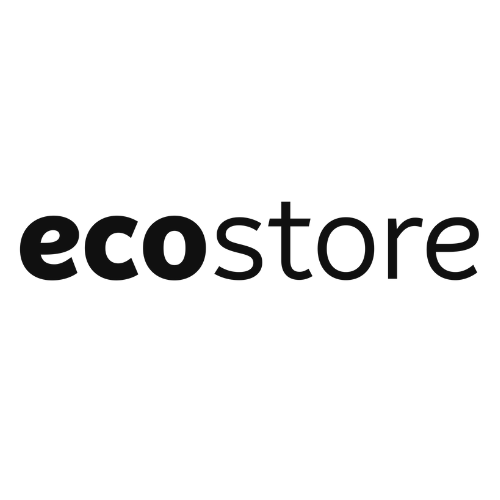Electrifying our vehicle fleet is one way that we
can demonstrate our commitment, and also learn – and then
share those learnings with the broader business community.


Electrifying our vehicle fleet is one way that we
can demonstrate our commitment, and also learn – and then
share those learnings with the broader business community.

Most plastic is made from non-renewable petrochemicals. The extraction process and conversion into plastic releases carbon into the atmosphere, adding to climate change. So in 2014 we challenged ourselves to find a packaging alternative that goes beyond reducing emissions, and actually takes carbon out of the atmosphere. We found a packaging solution that can help to combat climate change. It’s plastic made from sugarcane.

To assist our path finding we have developed a ‘decarbonisation roadmap’ that will help guide actions across the business – not just in operations – but in the way the whole organisation thinks about reducing carbon. From People teams to IT to Procurement, everyone will need to be involved.

Reducing energy use in our commercial buildings is an important part of
our response to climate change. That’s why we are proud that our Christchurch office currently has the highest NABERSNZ whole building rating in New Zealand.

Read about Z Energy’s approach to sustainability reporting and the lessons they’ve learned along the way.